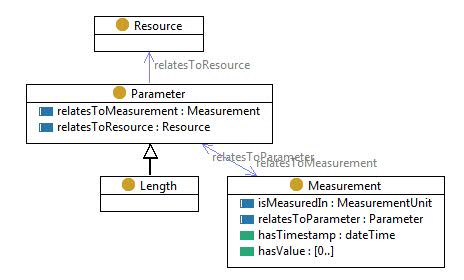rdfs:comment
-
 |
A type of parameter that can describe:
• The length of a railway line, of a train route, transport route as a parameter of the service, and other “distances”; expressed as integers in this sense. In this case the measurement unit is Kilometre (km). Example: the train route has a length of 350 km.
• The length of artificial structures (bridges, tunnels, walls), or the length of shorter track sections (as station tracks, usable track length, or also so-called track circuits – used in the interlocking technologies, not relevant for Smart-Rail). Expressed generally as an integer; occasionally also with one decimal. In this case the measurement unit is Metre (m). Example: the station track has a length of 658 m. The bridge has a length of 261,8 m.
• The length of a train, which is an important parameter for scheduling the traffic and for the operative control. In this sense it is unambiguously expressed as an integer and the measurement unit is Metre (m). Example: the train length amounts to 568 m (without engine), or 585 m (including the engine).
Lengths of the vehicles are often expressed with one decimal, but only when describing them for the technical purposes. The same holds true also for different parts or components of vehicles (with 1-3 decimals, often used mixed). Example: the wagon length amounts to 16,4 m, its loading surface is 14,8 x 2,64 m.
• Millimetre (mm) may be used when describing some detailed technical parameters of vehicles, instead of a number in meters with decimals. Example: the loading surface of the wagon is 14 800 x 2 640 mm.
|
|

